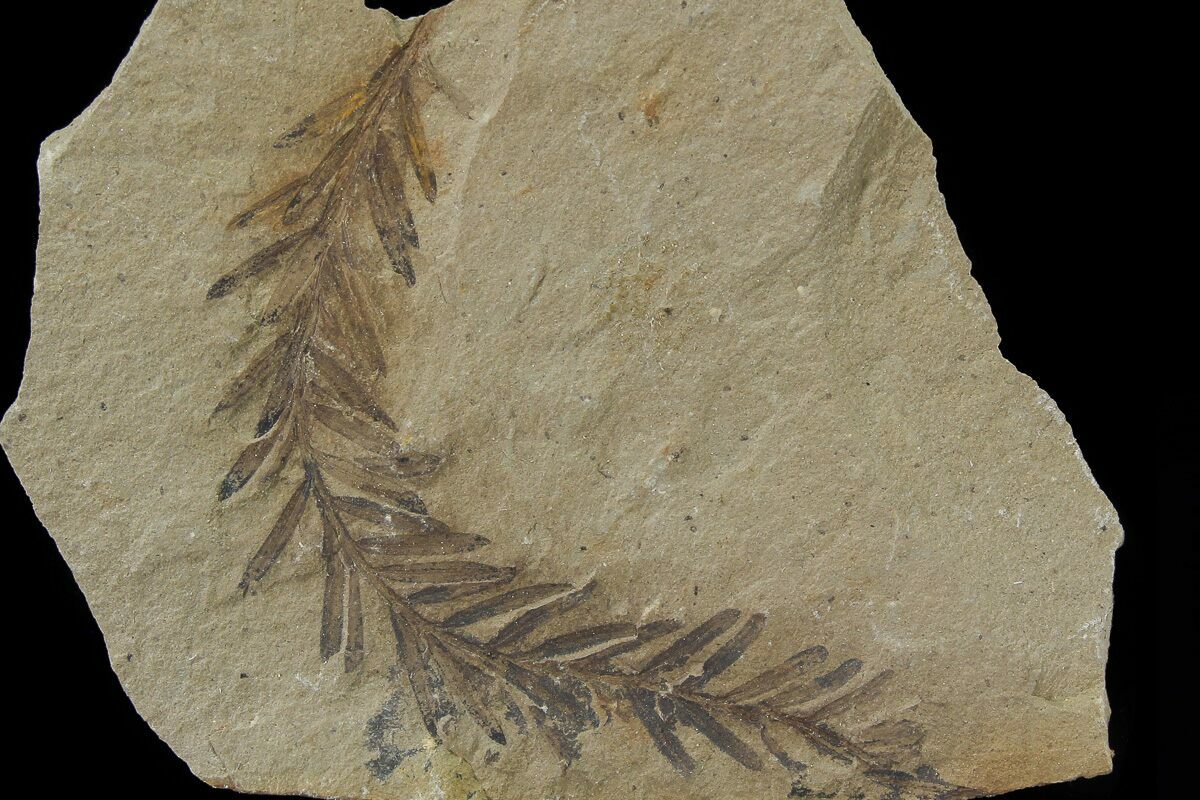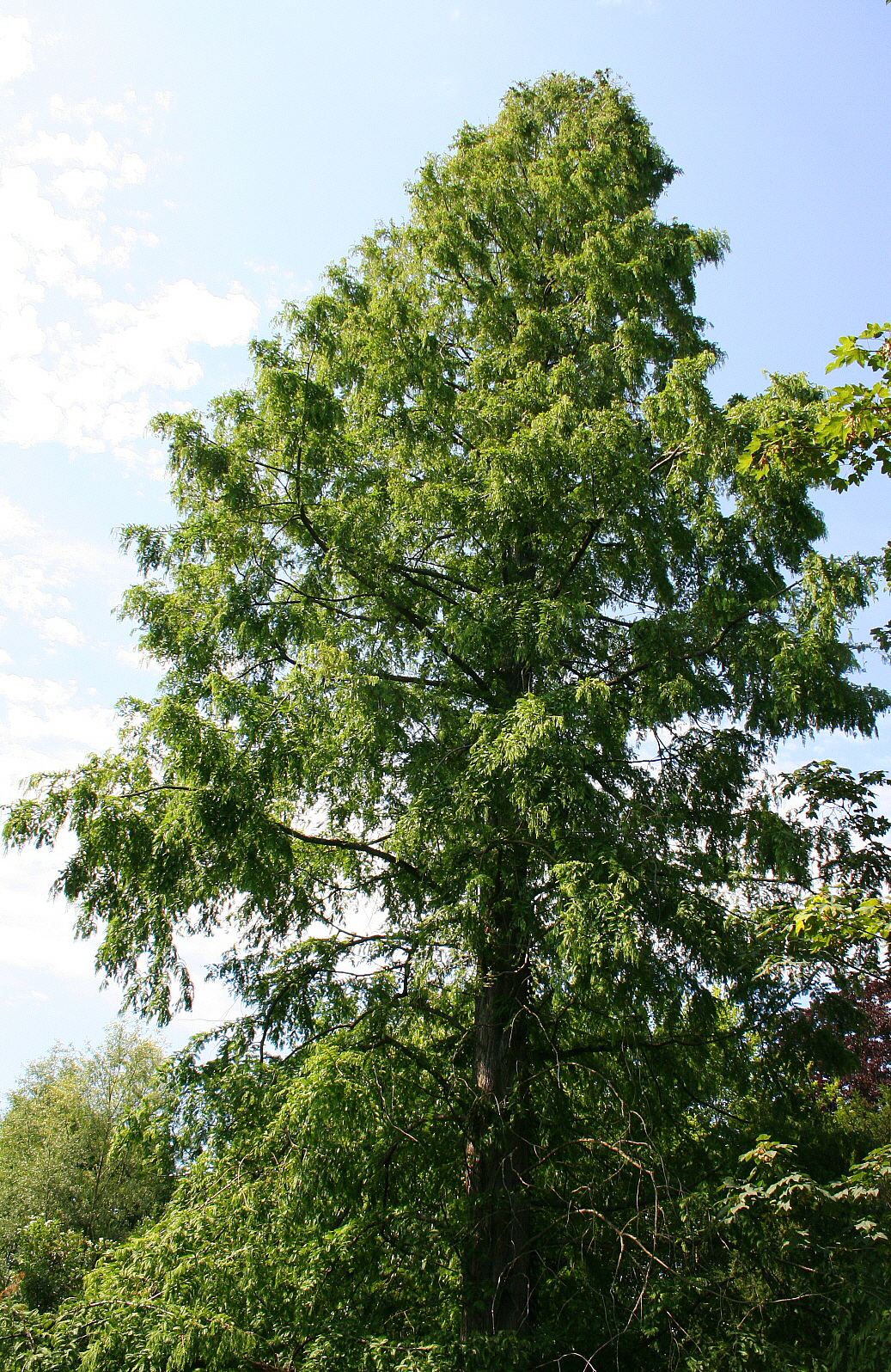The fossil record of Metasequoia Miki is extensive and demonstrates that the genus was widely distributed throughout North America and Eurasia from the early Late Cretaceous to the Plio-Pleistocene. The genus first appears in Cenomanian age deposits from western Canada, Alaska and the Arkagala and Koylma River basins in Russia and indicates that Metasequoia had achieved a wide. The genus Metasequoia consisted of tall, fast-growing, deciduous conifers that used to be common from late Cretaceous to Miocene. For about 35 million years, they had been dominant in forests throughout the Northern Hemisphere. Metasequoia: An Overview of Its Phylogeny, Reproductive Biology, and Ecotypic Variation Research A Guide to Metasequoia at the Arnold Arboretum Horticulture An Ecological Reconnaissance in the Native Home of Metasequoia glyptostroboides Ecology.
- Genus Metasequoia Fossil
- Dawn Redwood Metasequoia
- Metasequoia Forest
- Genus Metasequoia Fossil
- Metasequoia Glyptostroboides
Dawn redwood (Metasequoia glyptostroboides), is a “cousin” of the better-known Giant sequoia and the Coast sequoia – and a really ancient cousin too.
The genus Metasequoia (FIG. 21.106) was described by Miki (1941) (FIG. 21.107) from vegetative remains and cones collected in Pliocene clays and lignite beds. The distinguishing feature of M. Glyptostroboides is the deciduous leafy shoots borne in opposite pairs along the branches.
In fact, it is one of the rare tree species that is considered a living fossil.
The genus Metasequoia consisted of tall, fast-growing, deciduous conifers that used to be common from late Cretaceous to Miocene. For about 35 million years, they had been dominant in forests throughout the Northern Hemisphere.
Due to the then-primarily tropical climate, the Metasequoia range stretched as far as Northern Canada and Alaska.
Today, the fossilized redwoods are still visible there in the layers of rocks and coal, given away by the characteristic grains and knots of tree tissues.
As the Earth’s climate cooled, the entire genus went extinct – or at least we thought so. During the Second World War, the Dawn redwood was rediscovered in the Szechuan province in China. Soon after the war, scientists have collected the seeds and, through university reproduction programs, brought them into modernity.
They are now popular ornamental plants around the world.
However, because of global warming, the Dawn redwood might unexpectedly make it back to the wilderness of its ancient habitats in North America.
Ed Berg, a retired botanist residing in Homer, Alaska, reveals that Homer farmers are trying to grow the metasequoia. They are doing it not out of curiosity, but out of need – the native spruce trees are increasingly dying in the warming climate, mostly because of the pests and diseases associated with it.
Along with the redwood, they are also trying out other species that are encountered in a more temperate climate.

Genus Metasequoia Fossil


“We are warming the climate. We’ll probably see lots of things growing here, for better or worse, that haven’t been able to grow for a long time. Here we’re talking about a few million years.“, Berg stated in Anchorage Daily News.
Berg was a pioneer of proving links between major biological events and climate change. Twenty years ago he established the link between climate change and a die-off of spruce trees in the region. And in 2015, already retired, he predicted the spread of the spruce beetle induced tree mortality further north – and unfortunately, he was right.
With another retired scientist, the ecologist Tony Burgess, Berg has now planted Metasequoia and about 30 other non-native tree species around a cooperative farm in Homer to try again to foresee what trees might thrive in the region in the seemingly imminent hotter future.
Not all scientists agree that this approach is the best. Although it’s a slightly simplified picture, we can say there are two main schools of thought in ecology and forestry community regarding this issue.
One approach is a “conservative conservationist”, aiming to preserve the existing ecosystems as they are, in hope that the climate breakdown can eventually be halted and even reversed. It encourages reforestation with species that have thrived in the region in the recent geological history.
The other, “progressive” current believes that it is unrealistic to think that the process can be stopped and that humans have the duty to help the transition of the forests we know to these new forests of the warmer future. It encourages modeling and field experimenting with tree species that are not typical for the affected bioclimatic region.
Berg and Burgess undoubtedly belong to the latter one. Burgess firmly believes in the need for human guidance. “Otherwise we might have to wait thousands of years to find out what will grow here,” he said. However, he is aware that with this intervention it is impossible to recreate a natural ecosystem, be it a current one, or an extinct one. “It’s synthetic. We’re throwing stuff together. We’re not trying to reconstitute anything, we’re trying to create something that has never occurred to anticipate climate change.“, he points out.

Although bringing back extinct species might sound thrilling, I believe that all scholars would agree on one thing – that the best-case scenario would be the one that would not require this type of a field experiment to take place at all, the one of climate stabilization. However, the only dilemma is if it is achievable. For more than a century we have been heavily burning fossil fuels and had put all that prehistoric carbon back into the atmosphere. Ironically, coalificated Metaseqoias of the distant past certainly make a portion of our fuel.
The Studies:
Ma, Jinshuang & Shao, Guofan. (2003). Rediscovery of the First Collection of the “Living Fossil”, Metasequoia glyptostroboides. Taxon. 52. 585-588. DOI:10.2307/3647458.
A tree from Alaska’s warm prehistoric past is growing in our warming present. (2018, August 5). Retrieved from https://www.adn.com/opinions/2018/08/05/a-fossil-tree-from-alaskas-warm-past-is-growing-in-our-warming-present/
Dawn Redwood – Rediscovery of an Ancient Tree. (2018, November 19). Retrieved from https://www.brighthub.com/environment/science-environmental/articles/126307.aspx
Related
Dawn Redwood Metasequoia
This is a large, fast-growing, deciduous, pyramidal evergreen tree that grows up to 100' tall with attractive, feathery foliage that is easy to transplant. It has spreading branches that droop with age. Pin branchlets are paired, and drop as a unit. This plant prefers moist, deep, well-drained soils that are slightly acidic. It is tolerant of wet soils but intolerant of early frees. This plant has minimal pest and disease problems. It can be utilized as a specimen tree for large areas such as parks, golf courses, large commercial or governmental grounds, and as a 'living fossil'. It is also tolerant of pollution and can be used as a street tree. It needs plenty of room to grow as it can grow to be 25' wide. Dawn Redwood was discovered during a plant expedition into remote China in the 1940s. It was first known from a fossil record, not living extant plants.
Japanese beetles will eat the foliage.
Metasequoia Forest
Quick ID Hints:
Genus Metasequoia Fossil
- Deciduous gymnosperms dropping pins
- Pins are opposite and resemble small pinnate leaves
- Female cones are pendulous and ellipsoidal
- Face view of cone scale looks like puckered lips
Metasequoia Glyptostroboides
VIDEO Created by Elizabeth Meyer for 'Trees, Shrubs and Conifers' a plant identification course offered in partnership withLongwood Gardens.
